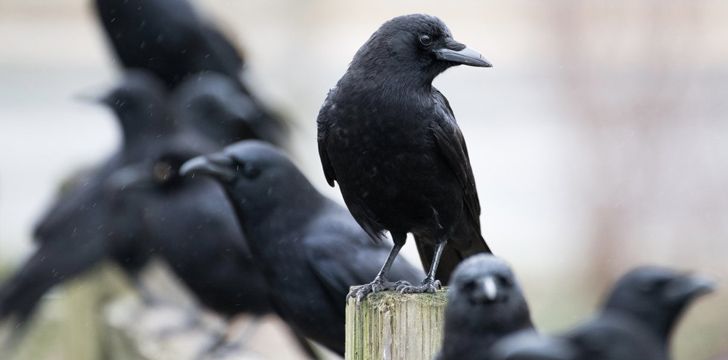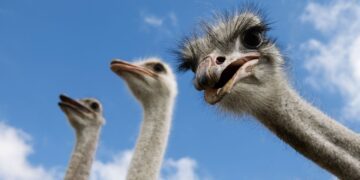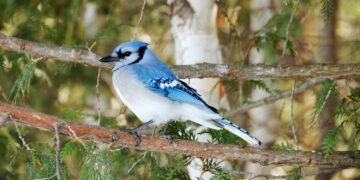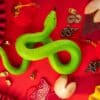You may have heard about crows for their great intelligence or their ability to use tools.
Or perhaps you heard from a friend about how a crow swooped down and attacked them on their way to school or work.
Crows are an interesting and clever animal that you could spend years learning about.
But to start out, you can find out plenty of facts about them by reading this list.
Different groupings of animals are called different things – as a cackle of hyenas or bloat of hippopotamuses. A group of crows is called a murder. Alternatively, it can be called a horde or a flock.
American crows are found in different places in North America as well as in Bermuda. The population of American Crows is around 31 million, according to estimations by BirdLife International. To put that into perspective, the Canadian population was around 35.85 million in 2015.
Some crows can use tools to get food.
The lifespans of an American crow are different depending on whether they are in the wild or in captivity. In the wild, the average lifespan is seven to eight years. However, in captivity, the lifespan can be much longer.
Large groups of crows get together to roost. These groups can sometimes be in the thousands.
Crows generally stay with the same mate throughout their whole life, but they are not always entirely faithful- they sometimes mate with other crows.
Crows can remember the faces of individual humans. They can also hold a grudge.
They can communicate with other crows if they perceive a particular human as dangerous.
Crows are omnivorous, and they don’t seem to be picky eaters. Their diet includes fruits, mice, frogs, and carrion.
Crows in Queensland have figured out how to eat the toxic cane toad without harming themselves. They flip the toads onto their backs and then stab their necks to eat the innards that are not toxic.
A particular eight-year-old girl has quite an interesting relationship with crows. She puts food and water out for them, and in return for her kindness, the crows give her little gifts such as a rusty screw, a button, a paper clip, and much more.
Crows live on every continent except for Antarctica.
There are a number of different types of crows, including the Mariana crow, the fish crow, the Carrion crow, and the Pied crow, which has an area of white feathers on its body.
“Eating crow” is an old expression defined by the Urban Dictionary to mean “When you make a mistake and are forced to acknowledge it humbly.”
Crows belong to the genus Corvus, along with ravens, rooks, and jackdaws.
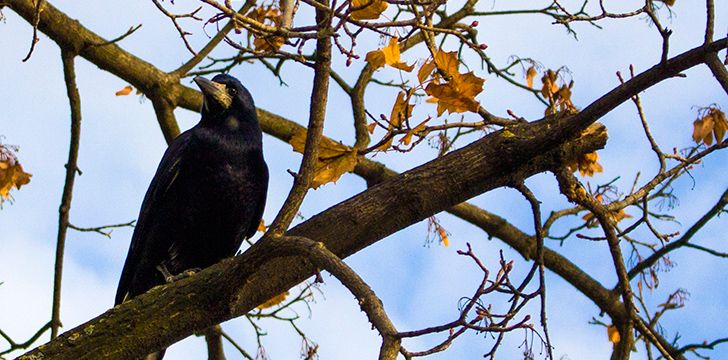
A three-legged crow is present in Japanese, Korean, and Chinese mythology.
The U.S. Fish and Wildlife Service has listed the Hawaiian crow and the Mariana crow as endangered.
Crows sometimes attack people, but these attacks are generally not very serious.
Young crows from prior years often help their parents take care of new young crows.
In Japan, some crows make their nests out of stolen metal coat hangers. Some built nests on top of electrical wires, which caused blackouts because of short-circuiting.
The Stanford Marshmallow Experiment was a series of studies involving a kid being offered a reward but being promised two rewards if they waited for 15 minutes. Some crows and ravens were subjected to a similar test, which showed they could choose to resist temptation, at least to some extent. They would restrain themselves, but only if the upcoming food was better than the food currently available. If they already had a good kind of food like sausage, they wouldn’t wait.
In the Quran, it is said that Allah sent a crow to show Cain how to bury the body of his brother, Abel, after Cain had killed him. Cain then became very regretful about what he’d done.
In addition to imitating other animals, crows can also imitate humans.
Once a young crow leaves its nest, it spends a few days on the ground learning important skills and how to fly.
A crow is actually a songbird, and it has a complex system of calls.
The normal number of eggs in a clutch is anywhere from three to nine.
Some crows in a Japanese city drop nuts onto a road so that cars will break them by driving over them and then swoop down to collect their broken nuts.
Some crows in particular regions have responded to calls from other species of animals.
Hunting crows is allowed in the United States.
Crows, being the smart birds that they are, investigate an area for possible threats after another crow dies there.

